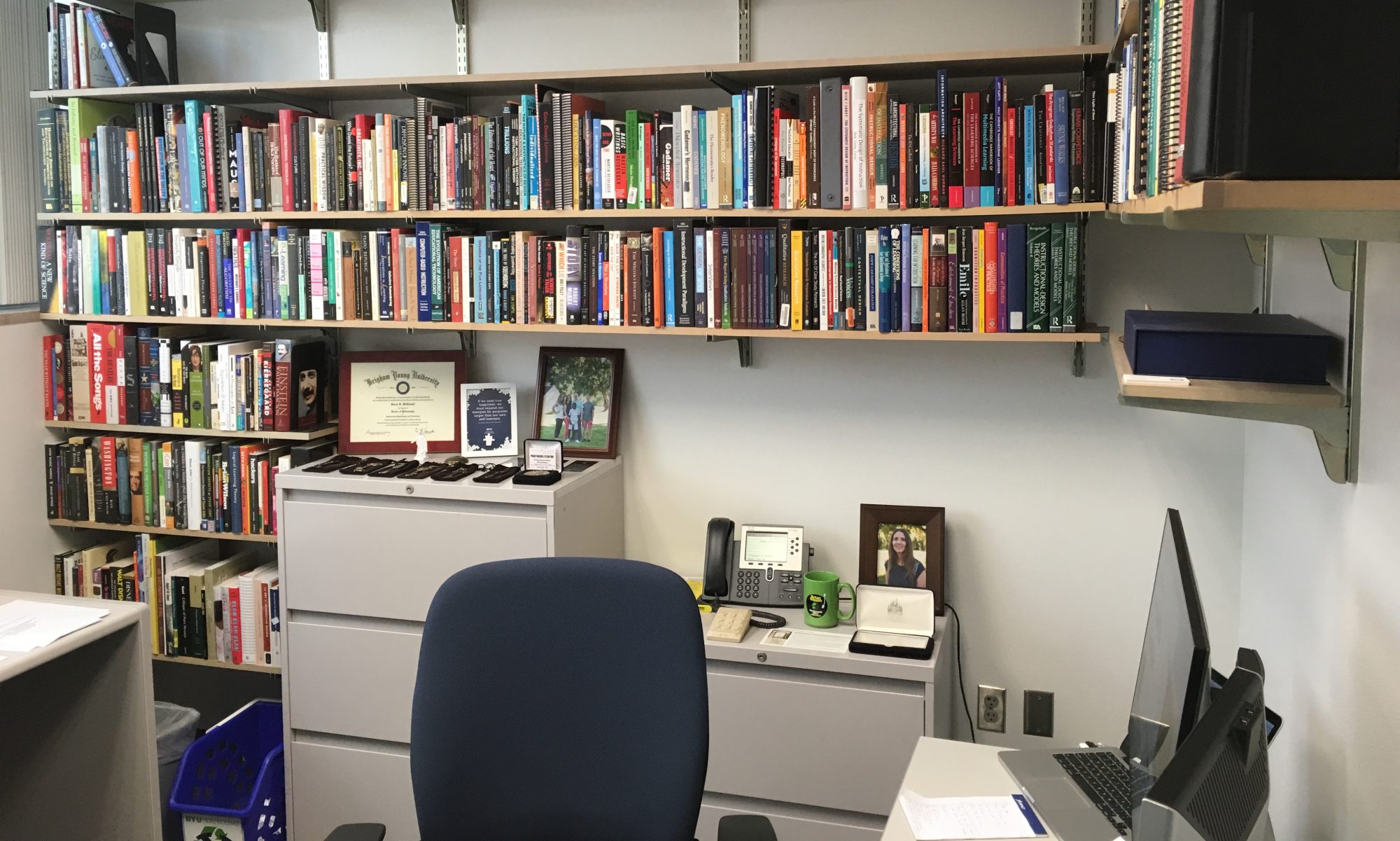I’m really happy with the way this article turned out. I’ve never been a huge fan of this field’s reductive tendencies. But over the past couple of years I’ve become more convinced that the common ways we practice educational technology, both through the technologies we use and the processes we use to develop or implement them, are highly problematic. Their problems run deep, and so I’ve also had to study some pretty difficult philosophical issues to try and get to the root of them. This paper is the first time I think I’ve articulated in a philosophically defensible way both my critique and empirical evidence for it. The themes I raise here are becoming more important to my work, and it’s unlikely I’ll go back to some of the other, softer critiques I’ve made in the past.
Abstract:
This article reports research into calculative and optionalized forms of online/blended course design in higher education. This was investigated through a critical case study, centered on two faculty members and one instructional designer at a university in the United States, and using an interpretive framework that highlighted the effects of calculation and optionalization in education. The course design practices at the designer’s disposal tended to distort the teaching ideals towards which the faculty members aimed, along with many of the teaching approaches they relied on to achieve their goals. The faculty often felt restricted in their ability to form rela- tionships with their students, while also observing that students tended to resist their attempts to engage in what they referred to as formational activities. Through these and other experiential tensions, the faculty left the project with a pervasive sense of ambiguity about course design and its contribution towards their experience as educators. The article concludes by exploring what implications these findings have for the study and practice of online/blended course design in higher education.
Reference:
McDonald, J. K., & Costa, I. M. (2024). A critique of calculation and optionalization applied to online/blended course design. Journal of Computing in Higher Education. https://doi.org/10.1007/s12528-024-09409-1
